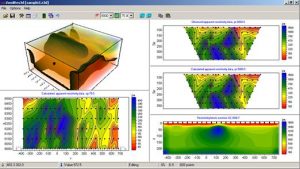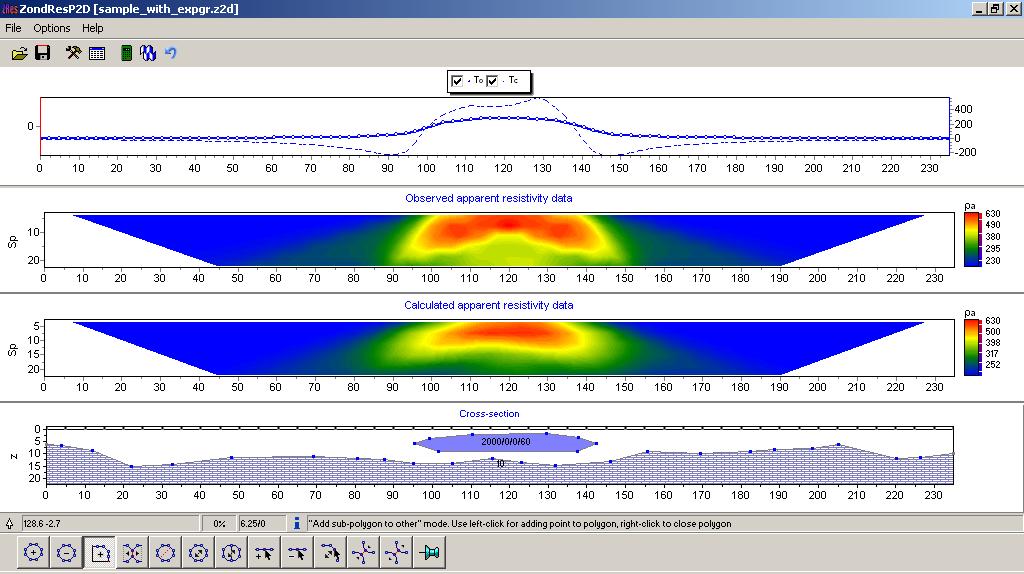

Liu et al hold that the propagation of cracks in coal body of progressive failure due to disturbance stress mainly result from the existing pore and joint which indicates that the evolution of damage is the fundamental reason for macroscopic failure of a coal body (Liu et al 2006). This structural complexity plays a significant role in determining the mechanical properties and failure of coal (Zhao et al 2013). According to crack propagation, the abutment pressure area in an underground mine was divided into six zones and the field data are consistent with the theoretical and experimental results.Ĭoal is a sedimentary rock with hierarchical system of cracks, microscopic defects such as micro-pores, micro-crack, micro-pits which are referred to as damage in the context of damage or fracture mechanics. Pre-existing cracks tend to branch towards the damage in the coal matrix while induced fractures tend to connect with other cracks nearby. The pre-existing crack experiences shear slip, Mode II propagation and stable bending propagation before the plastic point after which it switches to shear propagation resulting in the macroscopic failure at the peak point.

In a complete stress–strain curve a bending point exists after which transverse induced cracks begin to develop. Pre-existing and induced fractures were studied separately, and results show that induced fractures are formed by the evolution of damage and always occur near these pre-existing cracks where the damage is severe.

These techniques illustrate an intuitive procession of events: damage → crack → crack propagation → macroscopic failure. During the experiments, a high-definition camera, scanning electronic microscope and an optical microscope were used to record the crack propagation process. To determine the physical laws that govern crack propagation in coal, a fracture mechanics model was established and uniaxial compression experiments were conducted on coal samples. Coal is a material that fractures naturally.


 0 kommentar(er)
0 kommentar(er)
